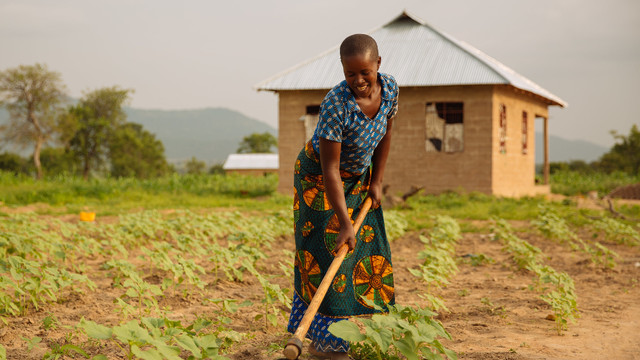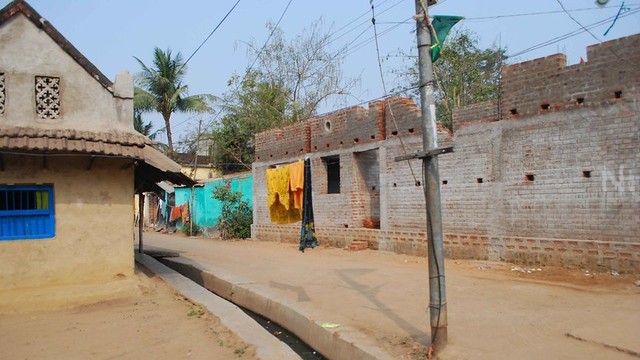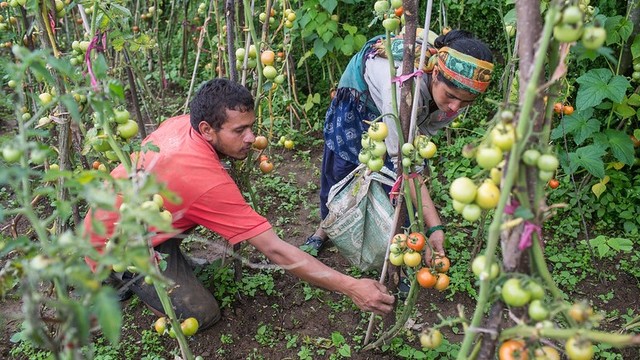Women’s land rights: it's more complex than just tenure
A new briefing from IIED looks at the complexities around land tenure systems in sub-Saharan Africa and how the dominant approach to secure ‘women’s land rights’ isn’t delivering the change women need.

Woman works in her cassava field in Mkuranga district, Tanzania (Photo: H.Holmes/RTB via Flickr, CC BY 2.0)
Efforts to strengthen women's land rights in sub-Saharan Africa for the last few decades have been dominated by systematic registration through individual or joint land titling.
However, this one-size-fits-all approach isn't quite delivering change for women and does not reflect the region's diverse customary and legal landscape.
Single countries are often characterised by multiple systems of land tenure, including a diversity of rights and interests, individual and collective, temporary or permanent, sometimes overlapping, and all interlinked.
Women’s land claims are embedded in this complex and evolving picture. Their protection therefore relies on tailored, context-specific strategies.
Governments are responsible for ensuring that all legitimate tenure rights are recognised, protected and respected both in law and in practice, including Indigenous and customary rights, but enacting this can prove challenging.
This new briefing from IIED discusses that “while the nature, scope and content of customary tenure arrangements varies greatly across countries, they should all provide the same opportunities to community members irrespective of gender”.
The publication highlights recommendations that states can enact in law to complement customary and Indigenous tenure arrangements. These include:
- Recognising gender equality as a key principle governing all land tenure arrangements within their territories
- Adopting explicit legal provisions protecting women’s equal rights to land, independent of marital status and supporting their inheritance rights
- Deeming void any customary norm or practice that discriminates against women’s rights to own, control or inherit land, and
- Providing adequate financial and technical resources to implement these provisions.
IIED research associate Philippine Sutz said: “Development actors and government agencies can design more effective interventions by adopting compound strategies that are able to react to specific local complexities and are sufficiently resourced to change gendered approaches to land at scale among both women and men.”
A one-size-fits-all approach does not work for women’s land tenure in sub-Saharan Africa; there are multifaceted and overlapping systems at play that must be considered when devising strategies and programmes to strengthen women’s access to land.
Contact
Philippine Sutz (philippine.sutz@iied.org), associate, IIED’s Natural Resources research group



